3D printing NiCoP/MXene for high energy density energy storage devices
QQ Academic Group: 1092348845
Detailed
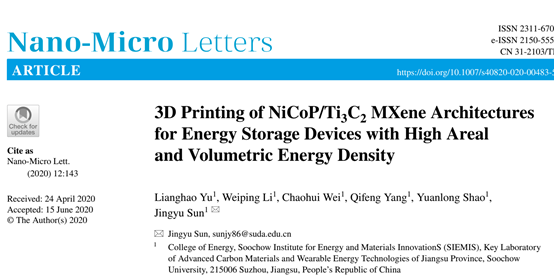

The use of advanced manufacturing technology to realize the customizable configuration of electrodes plays a key role in improving the electrochemical performance of energy storage devices. Extrusion-based 3D printing technology is a cost-effective and versatile technology that relies on a three-axis motion platform to create well-defined periodic geometric figures by stacking layer by layer, and has been easily applied to the field of energy storage. Compared with traditional manufacturing methods (such as doctor blade coating), the thickness of the electrode and the load of the active material can be adjusted on the target by the ink characteristics, printing speed and/or the number of printing layers, thereby improving the built device The energy density and power density.

Recently, the research group of Professor Jingyu Sun of Soochow University published a research paper titled: 3D Printing of NiCoP/Ti3C2 MXene Architectures for Energy Storage Devices with High Areal and Volumetric Energy Density in the well-known domestic academic journal Nano-Micro Letters, which reported A well-designed ASC device realized by 3D printing, providing high-capacity energy density. Such an ASC battery includes a printed NiCoP/MXene (NCPM) positive electrode and a printed AC negative electrode, where the NCPM structure is created by in-situ growth of NiCoP nanowires on the surface of Ti3C2Tx nanosheets. Using 3D printing to finely structure the electrode, the thickness can be customized and the mass load of the active material can be precisely adjusted. At the same time, 3D printing ASC achieves rapid charge and discharge, a wide voltage window of 1.4V, and a long cycle life of up to 5000 cycles. More importantly, it is easy to obtain ultra-high area and volume energy densities, 0.89 mWh -2 and 2.2 mWh -3, respectively.

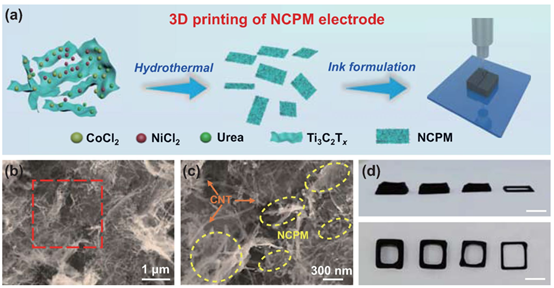
Figure 1. Schematic diagram of NCPM synthesis and 3D printing process b,c SEM image of NCPM composite ink d Digital photo of printed hollow square grid with increased wall thickness
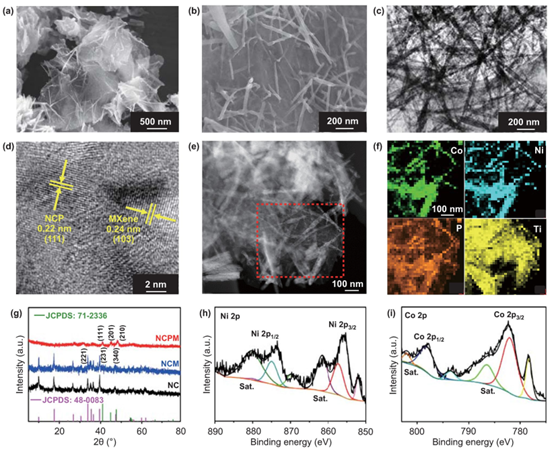
Figure 2. Physical characterization of NCPM composites
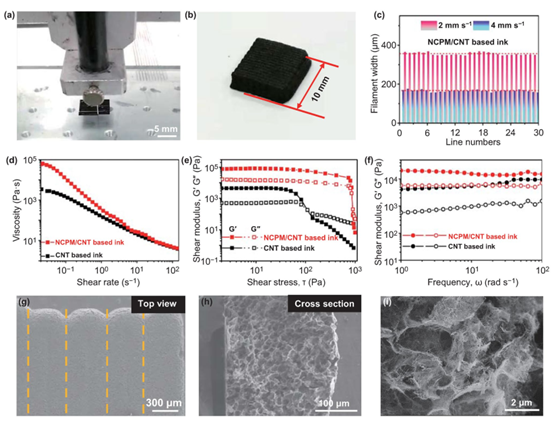
Figure 3. a 3D printing setup photo b 3D printed grid photo c Print the width distribution of filaments by using two different printing speeds d The apparent viscosity and shear rate of NCPM/CNT and CNT inks made Relationship between the storage modulus (G‘) and loss modulus (G‘‘) of NCPM/CNT and CNT inks as a function of e shear stress and f angular frequency g. Top view and h cross-sectional SEM image of the printed NCPM electrode i freezing SEM image after drying
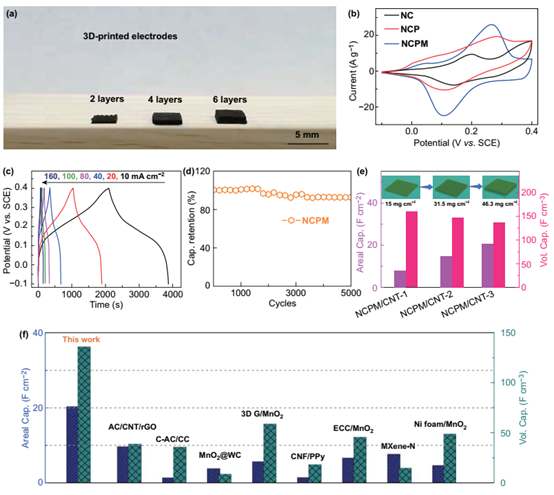
Figure 4. Thickness of 3D printed NCPM electrode b CV curves of NC, NCP and NCPM tested in a three-electrode configuration c GCD curve of NCPM/CNT electrode printed at different current densities d Cycle of printed NCPM/CNT electrode Performance e Statistics of area and volume capacitance of printed NCPM/CNT electrodes with different layers. Comparison of area and volume capacitance of this work with other reports
Figure 5. Electrochemical performance of ASC full battery based on 3D printed NCPM positive electrode and 3D printed AC negative electrode structure
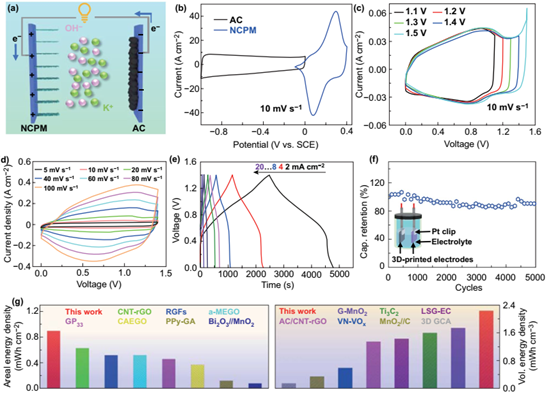
Figure 5. Electrochemical performance of ASC full battery based on 3D printed NCPM positive electrode and 3D printed AC negative electrode structure

This article shows the 3D printing design of NiCoP/ MXene // AC asymmetric supercapacitor full battery, with a record volume energy density. Different from the general lightweight carbon structure as the electrode material, the use of heavy-duty NiCoP/MXene hybrid is one of the feasible technical solutions to construct compact electrodes with high energy density. At the same time, the 3D printed NCPM electrode with graded pores and adjustable mass load has convenient charge transfer and thorough electrolyte permeability, which makes it have higher rate capability and cycle stability. The assembled ASC devices provide high area and volume energy densities of 0.89 mWh cm -2 and 2.2 mWh cm -3, respectively. Such excellent electrochemical performance confirms the development of 3D printed carbon-free NCPM materials as supercapacitor electrodes, thereby achieving high volume energy density. Our work provides an overall strategy for the 3D printing design of the multifunctional electrode architecture for high energy density energy storage systems.
Literature link: https://doi.org/10.1007/s40820-020-00483-5

statement:
MXene Frontier is a non-profit academic public account founded by students. Its purpose is to track and share the research progress of MXene materials, and to provide scientific researchers and teachers with the latest literature consultation. It is purely academic and non-commercial. If there is any infringement, please contact us immediately. We will delete it as soon as possible to protect the original author’s intellectual property rights. Thank you teachers and students for your attention and support.
- Previous: Nature Communication:
- Next: MXene breakthrough: Na


 mxene academic
mxene academic